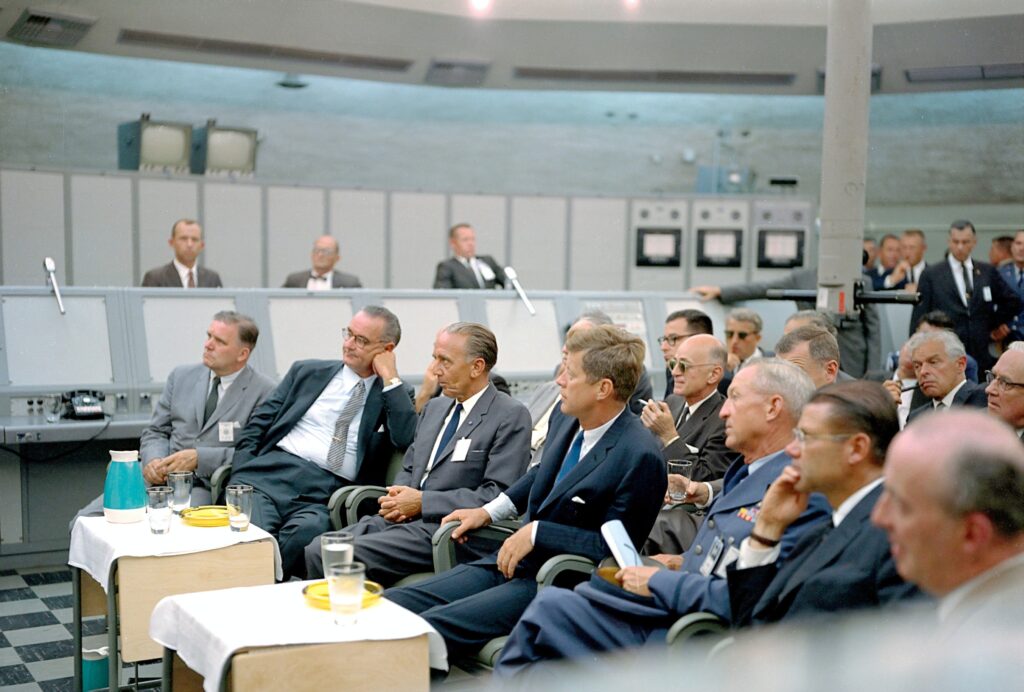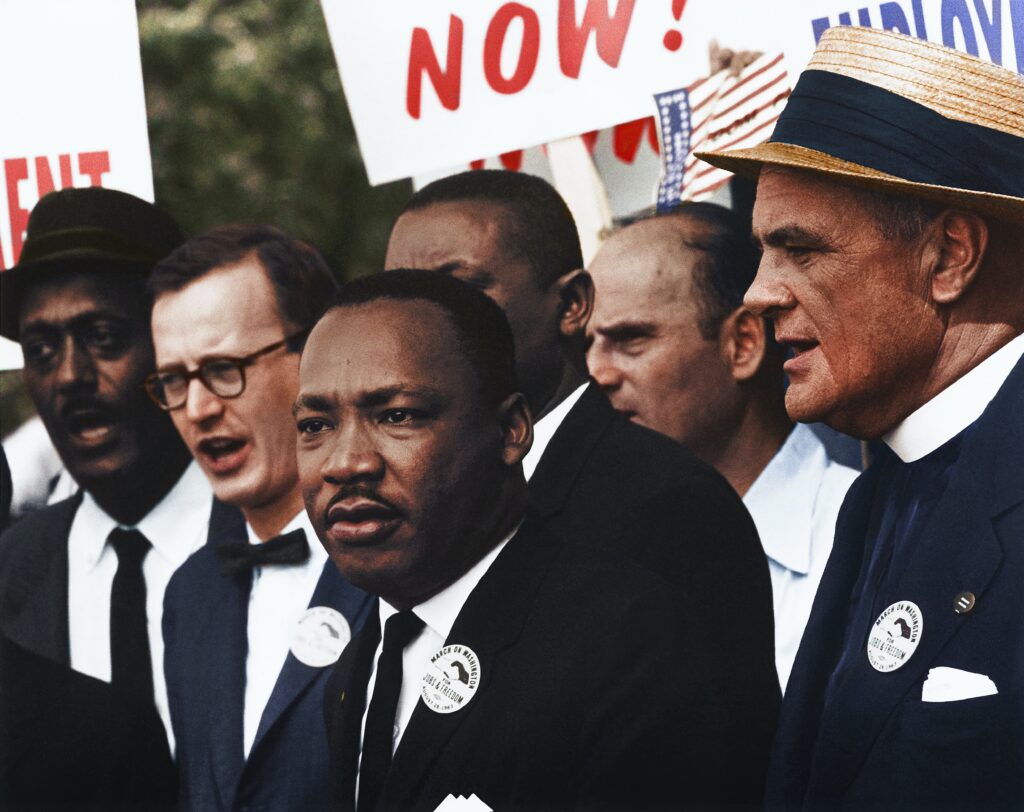“In Indigenous Communities, a Divided Reaction to ‘Killers of the Flower Moon’ explores the contrasting responses within Indigenous communities to Martin Scorsese’s acclaimed film. While many Indigenous viewers, particularly members of the Osage Nation, appreciated the film’s attention to detail and its portrayal of Osage culture, others criticized it for its focus on white perspectives and lack of context regarding the U.S. government’s complicity in the Reign of Terror. The article delves into the complex emotions experienced by Indigenous viewers and the ongoing struggle for Indigenous representation in the film industry.”

The divided reaction to ‘Killers of the Flower Moon’ in Indigenous communities
Mixed emotions after watching the film
Upon watching “Killers of the Flower Moon,” Indigenous viewers experienced a range of emotions. Dana Bear, an Osage artist and birth worker, felt both horror and relief. She was deeply affected by the portrayal of the murders of her people onscreen, but also felt a sense of relief that the story was finally being shared with the world. For years, Bear had carried the burden of that tragic history, passing it on to the next generation through stories of poisoned relatives, sleepless nights, and charred homes. The film allowed her to let go of that burden and give voice to the experiences of her people.
Relief that the story is being shared
Many Indigenous viewers expressed relief that the story of the Reign of Terror in Oklahoma was finally being shared on a global platform. The Osage Nation members, in particular, welcomed the movie and commended Martin Scorsese for his meticulous portrayal of Osage culture. The film has broadened awareness of the killings and has brought the story into the mainstream consciousness. Osage community members appreciated the attention to detail and the authenticity with which their culture was depicted.
The question of perspective and who gets to tell the story
While many Indigenous viewers appreciated the film’s portrayal of Osage culture, there were some who felt that the perspective of the film was still centered around white characters and lacked sufficient context about the U.S. government’s role in the murders. Tim Landes, a Cherokee editor, expressed his desire for the movie to have been created by an Indigenous artist. He argued that there are numerous Indigenous filmmakers, especially in Oklahoma, who are waiting for their opportunity to tell their own stories. This raises larger questions about representation and the power dynamics within the entertainment industry.
Indigenous viewers’ perspectives on the film
Osage Nation members’ positive reception
Members of the Osage Nation in Oklahoma generally received the film positively. They praised Scorsese for his attention to detail and his commitment to accurately portraying Osage culture. The film incorporated their feedback and showcased the Osage language, traditional practices, and music. Osage viewers felt that their story was finally being told with authenticity and respect.
White man’s perspective and lack of context
However, some Indigenous viewers felt that the film was still told from a white man’s perspective. They argued that the story should have been centered around the experiences and perspectives of the Osage people themselves. The lack of context about the U.S. government’s complicity in the murders also raised concerns among Indigenous viewers. They felt that the film failed to address the broader historical context of violence against Indigenous people and the impact of the allotment system on Native American land.
Desire for Indigenous filmmakers to have the opportunity
Indigenous viewers expressed a desire for more Indigenous filmmakers to have the opportunity to tell their own stories. They argued that the entertainment industry often overlooks Indigenous perspectives and favors stories told from a white colonizer lens. There is a growing recognition of the need for Indigenous representation in mainstream cinema and the importance of Indigenous voices in shaping the narratives that are shared with the world.
Consensus on accurate portrayal of Osage culture
Despite the varying perspectives on the film, there seemed to be a consensus among Indigenous viewers that the movie succeeded in accurately portraying Osage culture. The attention to detail and the incorporation of Osage feedback into the movie were appreciated by community members. The film’s commitment to authenticity was recognized and praised.

Filmmakers’ attention to detail in portraying Osage culture
Incorporating Osage feedback into the movie
Scorsese and his production team made a conscious effort to incorporate Osage feedback into the making of the film. They engaged in discussions with over 200 Osage people, listening to their concerns and asking them questions about their lives. This collaborative approach ensured that the portrayal of Osage culture in the film was accurate and respectful.
Consulting with Osage experts on various aspects
Throughout the production of the film, Scorsese and his team worked closely with Osage experts on various aspects, including clothing, language, art, and more. Osage people were not only involved as actors in the film but also as consultants, ensuring that the cultural representations were authentic and true to their traditions.
Use of Osage language and traditional practices
One of the key elements that contributed to the accurate portrayal of Osage culture in the film was the use of the Osage language and traditional practices. Osage viewers were pleased to hear their language spoken in the movie and to see the customs and rituals of their people depicted on the screen. The film’s attention to these details added depth and authenticity to the storytelling.
Painful but authentic representation
While the portrayal of Osage culture was praised, it was not without its emotional impact on Indigenous viewers. Many found it painful to watch the film, as it reminded them of the brutal treatment their ancestors endured. The film’s authenticity in depicting the hardships and injustices faced by the Osage people was both commendable and emotionally challenging for Indigenous viewers.
The film’s failure to address broader historical context
Lack of inclusion of the federal government’s role
One of the criticisms of the film was its failure to address the role of the federal government in the Reign of Terror. Indigenous viewers argued that the murders of the Osage people were not isolated events but part of a broader history of colonization and violence against Indigenous people. The film missed an opportunity to shed light on the complicity of the U.S. government in perpetuating these injustices.
Violence against Indigenous people beyond the Osage
Indigenous viewers also pointed out that the film focused solely on the killings of the Osage people, without acknowledging the violence that Indigenous communities across the country have faced. They emphasized the need for a more comprehensive understanding of the historical context and a recognition of the systemic violence inflicted upon Indigenous communities.
Neglect of the allotment system’s impact on Native American land
Another aspect that the film neglected to address was the impact of the allotment system on Native American land. Indigenous viewers argued that the film missed the opportunity to explore how the systematic division and transfer of Indigenous lands to white men played a role in the targeted violence against the Osage people.
Centering of white perspective
Critics of the film argued that its perspective was centered around white characters, rather than prioritizing the experiences and perspectives of the Osage people. This further highlighted the need for more Indigenous representation and storytelling in mainstream cinema, where Indigenous voices can shape the narratives and ensure a more accurate and nuanced portrayal of their communities.

Critiques of the film and calls for Indigenous representation
Preference for an Indigenous filmmaker’s perspective
One of the primary critiques of the film was the preference for an Indigenous filmmaker’s perspective in telling the story of the Osage people. Indigenous viewers argued that an Indigenous filmmaker would be better equipped to capture the nuances and complexities of the Osage experience, as they would not approach the story from a place of learning and discovery but would have it embedded in their own lived experiences.
Criticism of the entertainment industry’s bias
The lack of Indigenous representation in the entertainment industry and the bias towards white perspectives was a common point of criticism among Indigenous viewers. They expressed frustration with the Hollywood system and its failure to prioritize Indigenous filmmakers and stories. The need for more diversity and inclusion in the industry was emphasized, highlighting the importance of giving Indigenous filmmakers the resources and opportunities to share their own narratives.
Scorsese’s defense of the film’s perspective
In response to the criticism, Martin Scorsese defended the perspective of “Killers of the Flower Moon.” He argued that the film was not primarily told from a white man’s perspective and that he aimed to create a panoramic perspective with interwoven characters and strands in the story. Scorsese pointed out that the majority of the white characters in the film were depicted as swindlers, thieves, and murderers, including the main white characters involved in the crimes against the Osage people.
The need for more Indigenous stories in mainstream cinema
Despite the mixed reactions to “Killers of the Flower Moon,” there was a clear consensus among Indigenous viewers that more Indigenous stories and perspectives need to be represented in mainstream cinema. The hunger for authentic Indigenous narratives was acknowledged, and the importance of ensuring that Indigenous voices have a seat at the table in shaping these narratives was stressed.
Conclusion
The release of “Killers of the Flower Moon” has sparked a critical discussion within Indigenous communities. While Indigenous viewers have had mixed reactions to the film, there is a shared desire for more diverse storytelling and Indigenous representation in mainstream cinema. The film’s attention to detail in portraying Osage culture was recognized and praised, but there were critiques of its failure to address the broader historical context and the centering of white perspectives. The ongoing discussion highlights the importance of giving Indigenous filmmakers the opportunity to tell their own stories and the need for a more inclusive and representative entertainment industry.

